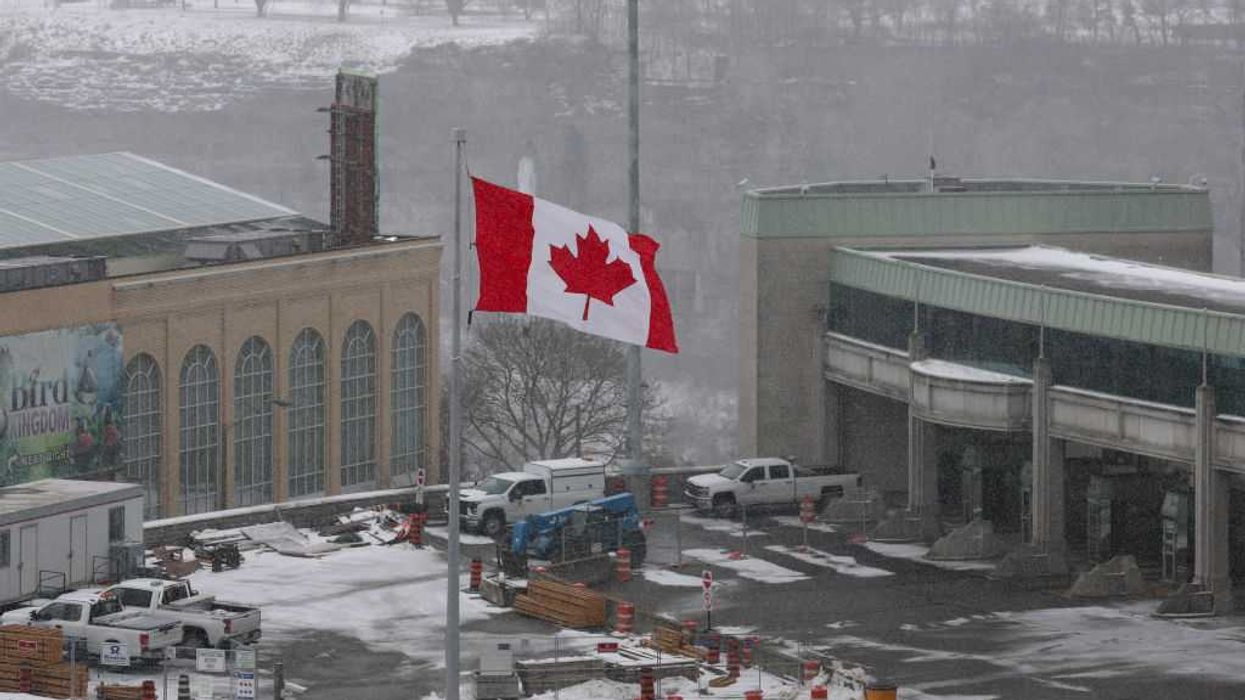Not long ago, Glenn read a story about a “ghost city” being planned in New Mexico and was deeply fascinated by it. Unlike Chinese ghost cities, which seemed to be built for no reason other than to plan for jobs and expansion that will never come, this ghost city represented American ingenuity and entrepreneurialism.
Why was Glenn so impressed? The city would act as a test city for the technology of tomorrow – and private investors would fund it all because they wanted the site to be based on free market principles.
The city itself is reminiscent of the Walt Disney’s original plan for EPCOT, an idea that Glenn has always been deeply drawn to. The city would allow companies to take their new technology out of the laboratory, which is a perfect environment, and test it in a real city. People will work below ground and will be built as if a city had naturally developed over time. For instance, some sections will be the older like it would be when originally settled and built, with other areas built "newer" the way a city would be as it grew.
"It gives me hope that there is a group of private entrepreneurs that say 'The world is going to be a much brighter place and we have great great breakthroughs on the horizon'," Glenn said.
The Blaze reported on the story originally:
It may be hard to believe, but the latest ghost city isn’t being constructed in China (where such a thing is common) or anywhere overseas for that matter. It’s going up right here in the United Sates — in the middle of New Mexico.There, a brand new, fully-functional modern town devoid of people is being built with the sole purpose of being a tech test bed.
BBC reports the tech company Pegasus Global Holdings is spending $1 billion in Lea County, New Mexico, to construct a town that will test a wide range of new gadgets and systems:
Anything from smart grids and next-generation wireless networks to self-flushing toilets could be tested in the new town.
“The only thing we won’t be doing is destructive testing, blowing things up — I hope,” said Robert Brumley from Pegasus.
Last year, Brumley told Popular Mechanics the site could also be used to test items like driverless vehicles. Here he explains the benefit of having all the infrastructure in place but no people around:
Driverless trucks controlled over a wireless network could make freight more efficient, for example, and the upgraded communications systems required could help rural communities along the highway get better broadband access. Some companies are already developing the technology, but testing unmanned trucks on real highways would endanger human drivers, and tinkering with telecommunications could disrupt regular service. But inside the unpopulated city, there’s no problem. “There’d be nobody to interfere with,” Brumley says.

 JIM WATSON / Contributor | Getty Images
JIM WATSON / Contributor | Getty Images
 Joe Raedle / Staff | Getty Images
Joe Raedle / Staff | Getty Images AASHISH KIPHAYET / Contributor | Getty Images
AASHISH KIPHAYET / Contributor | Getty Images Harold M. Lambert / Contributor | Getty Images
Harold M. Lambert / Contributor | Getty Images